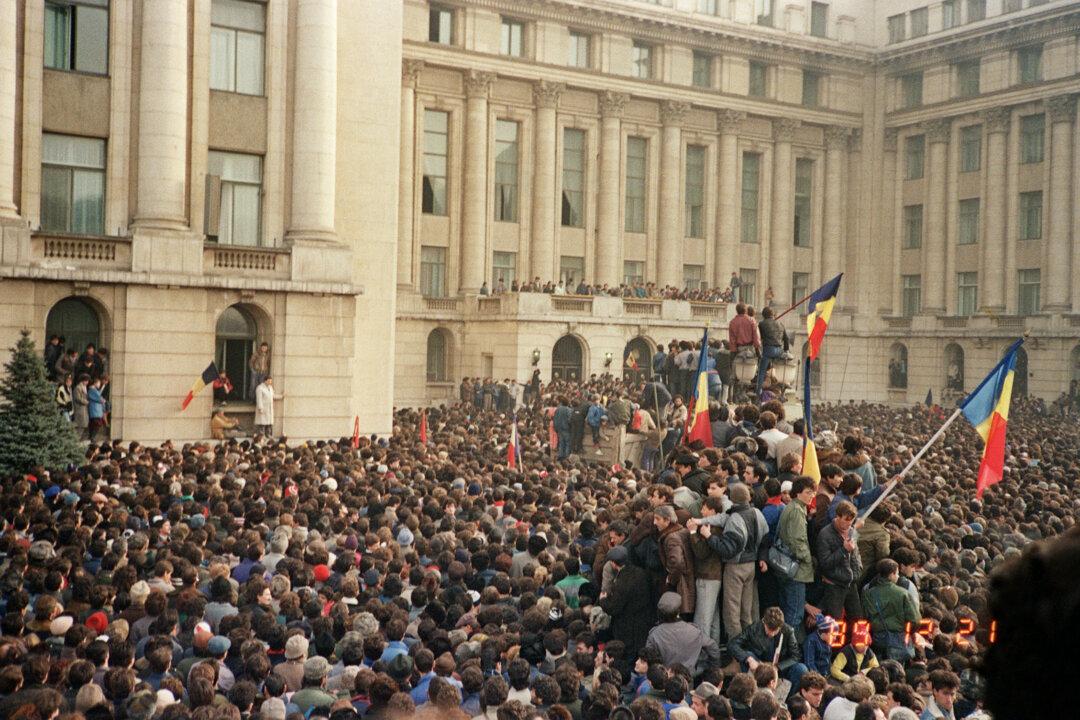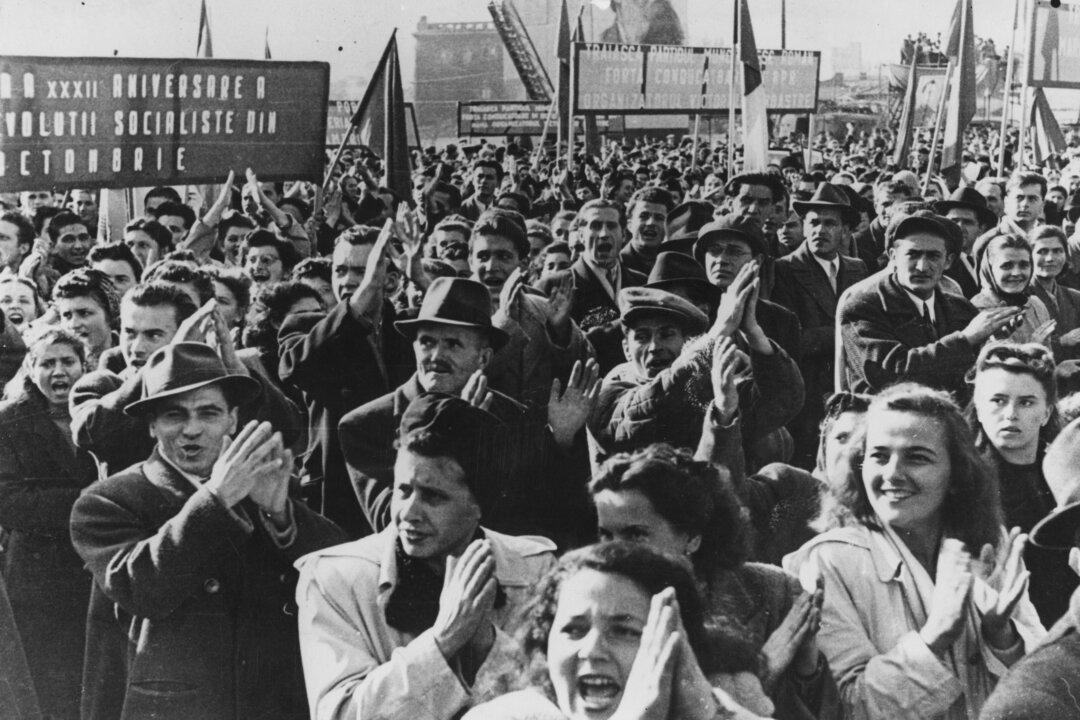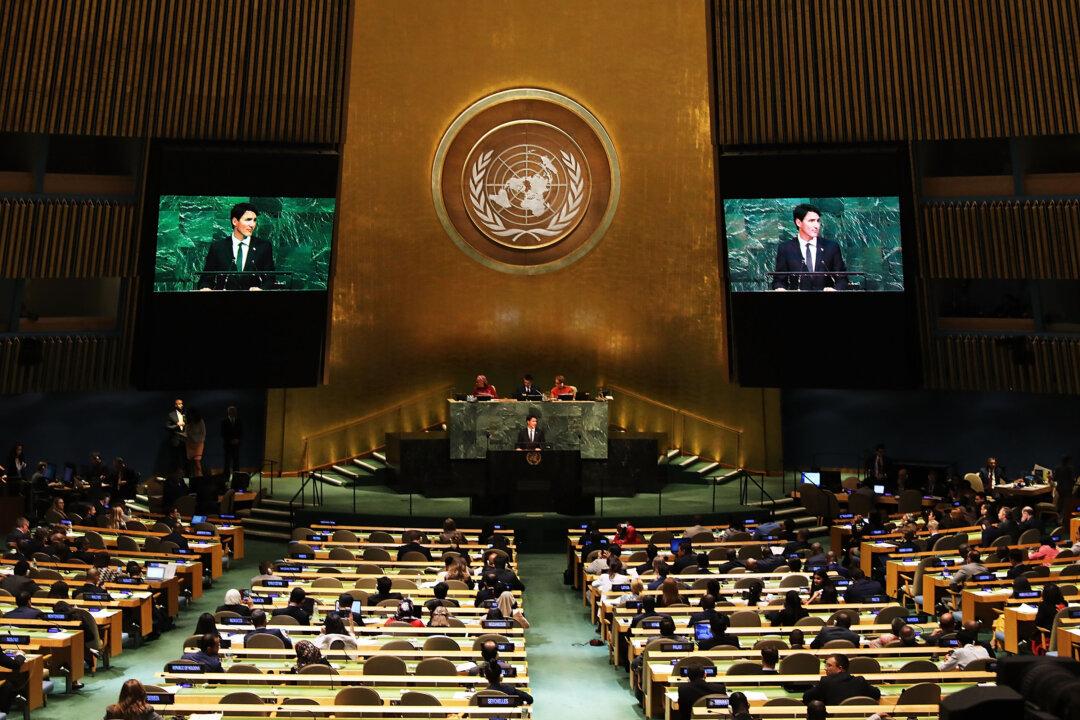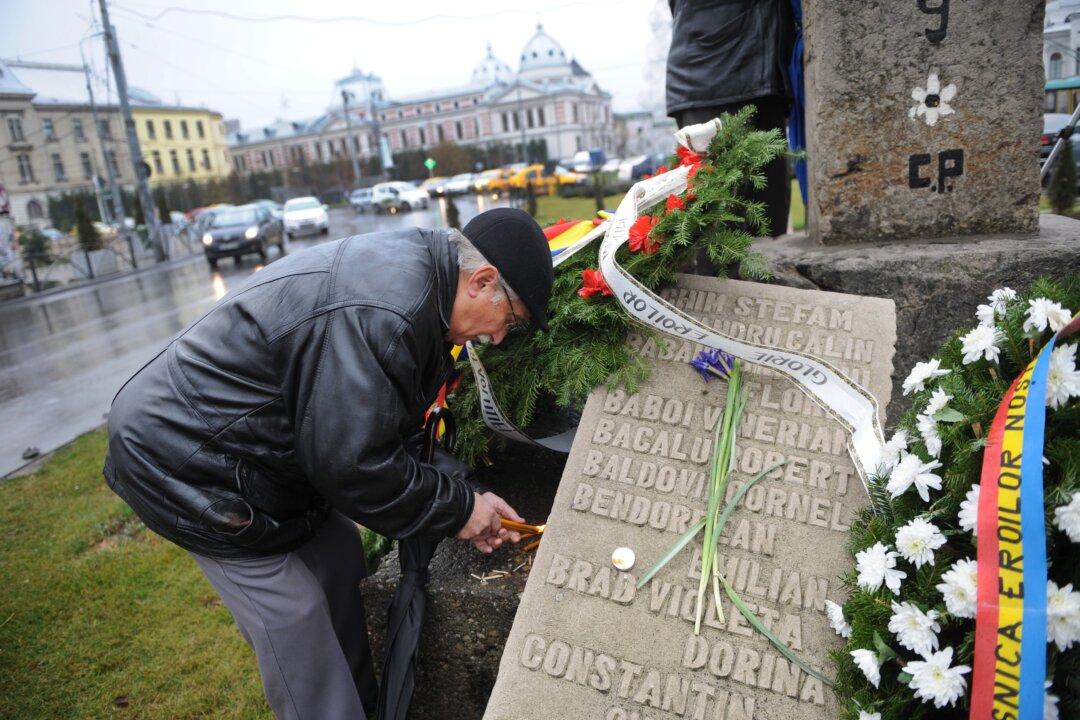An American politician visiting Romania in the late 1970s wondered why there were few farmhouses on the green agricultural land, unlike in rural America.
The uncomfortable-looking translator did not answer his question for fear of retribution; if she told the visitor that the farmers had been forcibly removed from their lands and moved into villages with crowded homes, or into high-rise cinder block apartments in the city, she would have been severely reprimanded.



